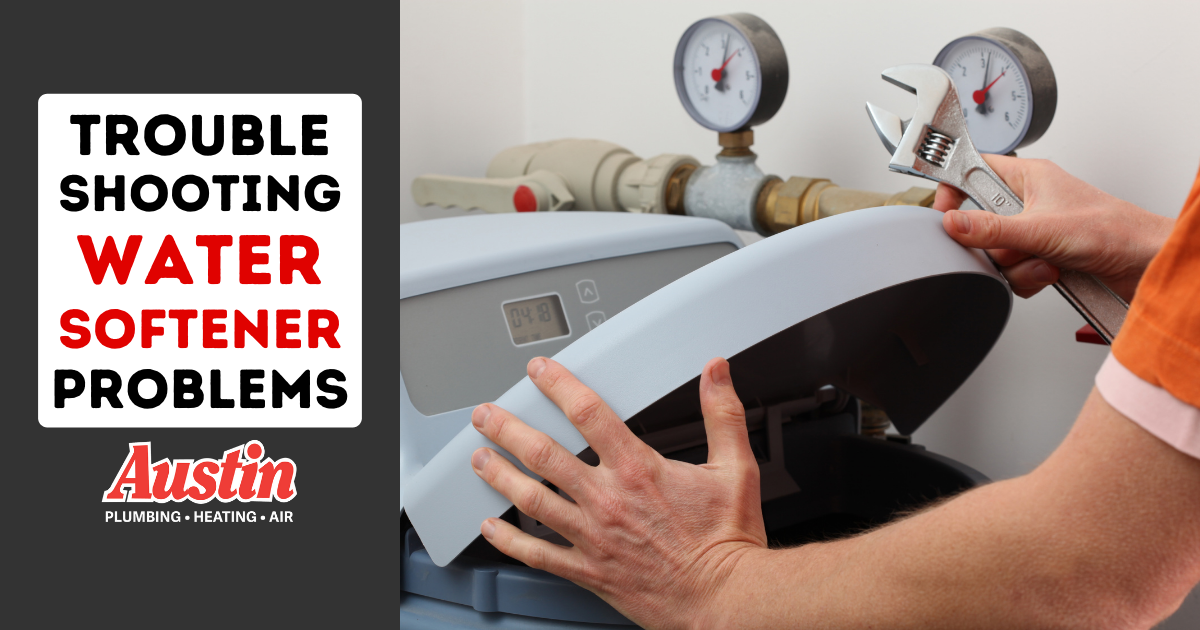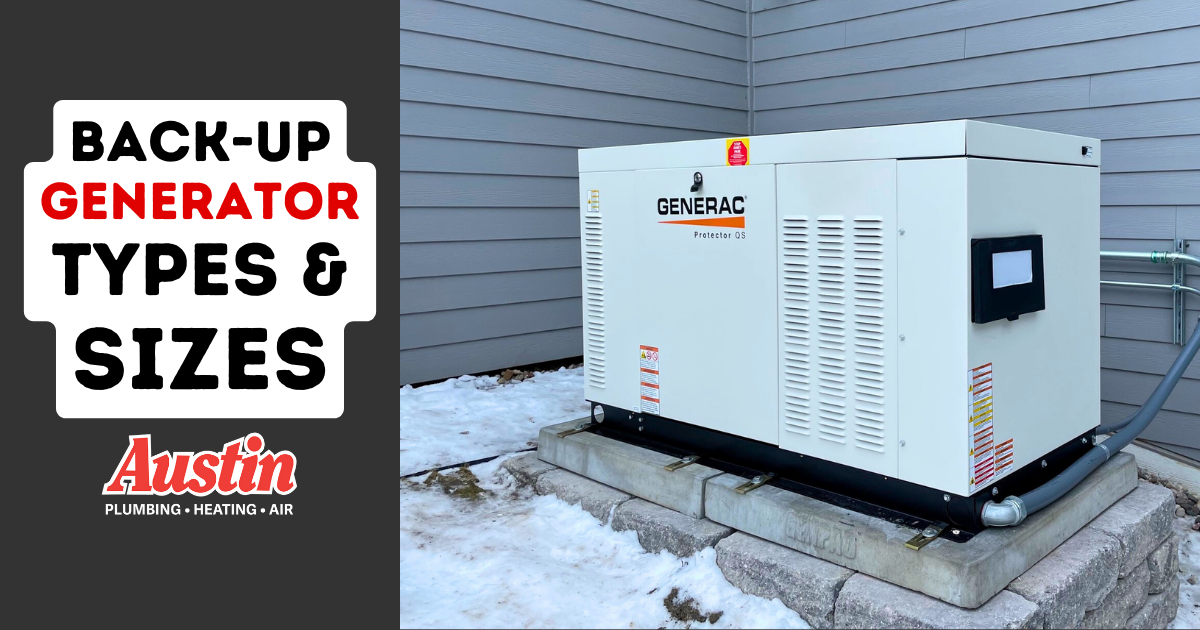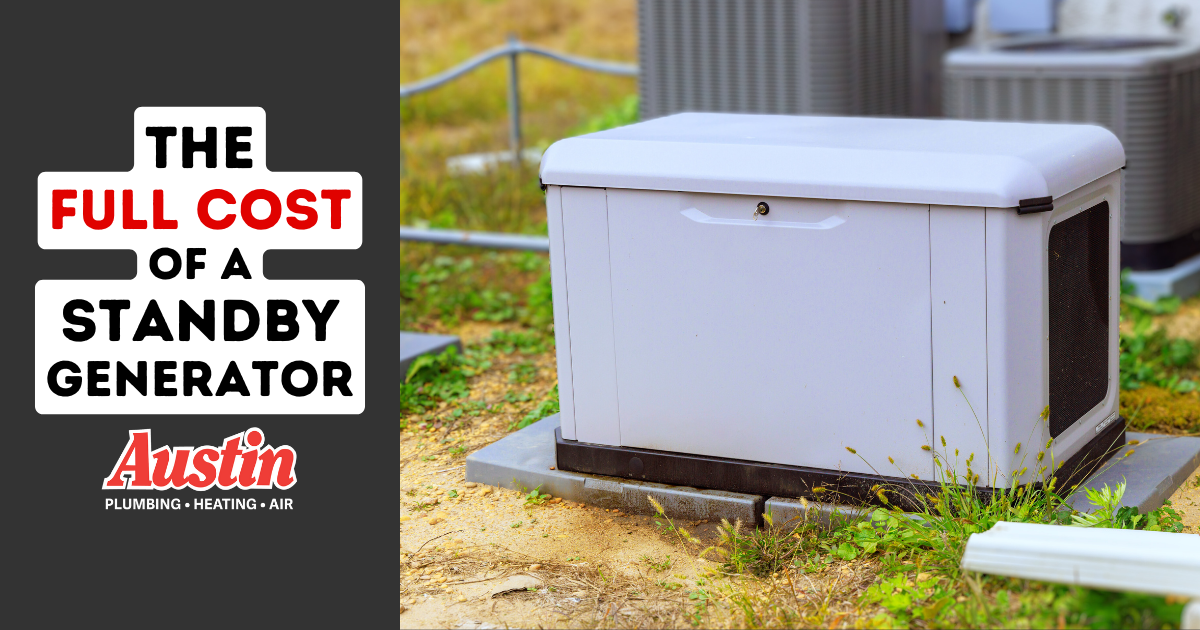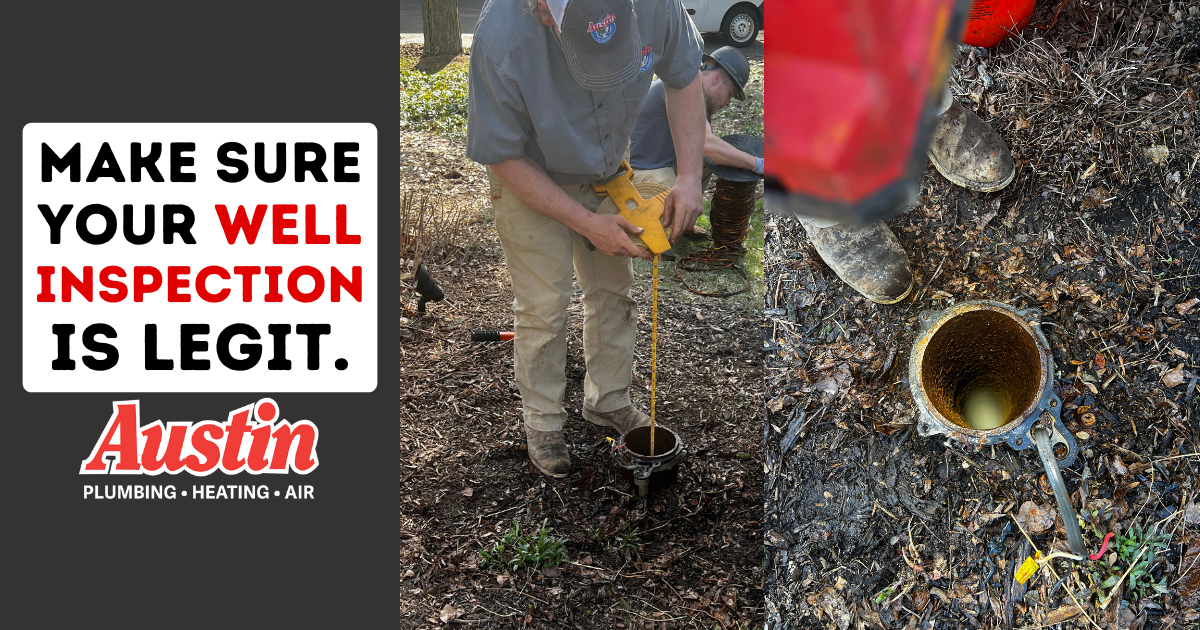Guide: Summerizing Your Hose Faucet
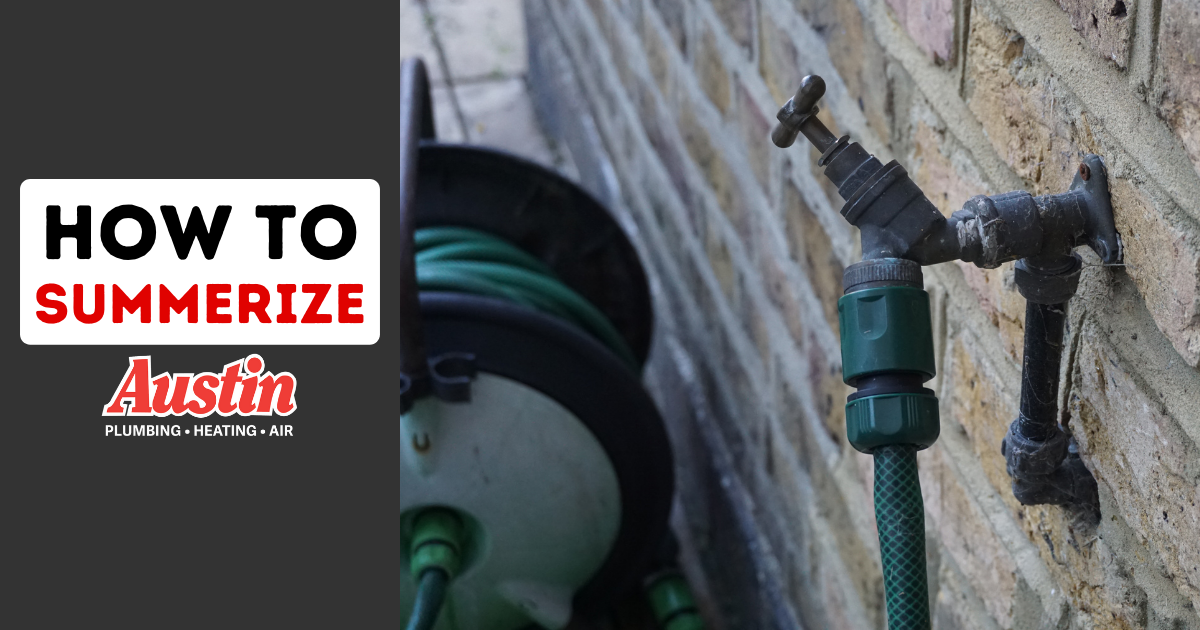
Guide to De-Winterizing (or “Summerizing”) Your Hose Faucet or Hose Bibb
The Wisconsin Master Tradesmen guide to turning your hose faucets on after winter.
In Wisconsin, most hose faucets spend the cold, winter months shut-off and dormant. Now, assuming your hose faucet was properly shut off for the winter, de-winterizing it should be a pretty straightforward process-but it’s still not quite as simple as twisting the handle and calling it a day. When warm weather returns and it’s time to turn your hose faucet back on for the first time since last spring, use this guide to avoid causing any damage to your faucet or your home.
The way you shut down (or “winterize”) your hose faucet will determine how you should turn it back on.
There are a couple of problem signs to look out for before getting started. For example, if you approach your hose faucet for the first time this summer and find the garden hose already attached to it, that means it was left that way all winter long. This can cause a number of problems that are best handled by professionals. Refer to our guide on winterizing your hose faucet for a simple explanation of how to make sure your hose bibb survives the winter, or contact us to get things flowing again safely.
Turning the water back on to your hose bibb should be a two-person job.
A properly winterized hose faucet has the water turned off inside the basement of your home. This ensures no latent water flow in the piping between the valve and the outside hose bibb, which in turn prevents freezing. However, restarting your basement valve can still come with issues that can’t be seen from outside. With two people working together-one inside and one outside-you can actually get this process done right fairly quickly.
Follow these steps to get your hose bibb flowing properly:
- After reattaching the drip cap (if applicable), have person A positioned in the home’s basement to turn on the water valve that runs to the hose faucet. (The drip cap or drip valve releases water pressure and drains pipes after winter closure. If your valve does not have one, don’t worry about it for now.)
Simultaneously have person B operate the hose faucet from outside to confirm no sputtering or spraying of the side of your home while person A observes for in-home leaks. - The next step is to test your hose faucet with a garden hose attached. Person B should attach the garden hose to the spigot and turn it on.
As water begins running through the hose from the faucet, minor back-pressure is applied across the entire hose faucet. Person A should remain in the basement and observe for any leaks that could be causing damage which Person B would be unable to see. - The final step is to repressurize the hose. Have person B attach a sprayer or other end nozzle to the garden hose and begin running the water once more. This will test the upper limit of pressure your hose will have to endure all year round. Turn the sprayer on and off several times, giving intervals of a few moments in between each time.
If you got through these steps without a problem, you should be good to go for the entirety of the spring and summer seasons! However, it’s always a good idea to circle back some hours later and repeat the entire process one more time, making sure there aren’t any drips inside or outside, before proceeding with your regular summer hose usage.
If you encounter any issues with your spigot or piping during this process, don’t stress. Team Austin’s experienced plumbers are always ready to troubleshoot for you: just give us a call.
This guide was authored by Eric Smith, a 3rd generation State of Wisconsin Master Plumber, Water Well Pump Installer, Plumbing Contractor, Water Well Contractor, HVAC Contractor and Water Treatment Expert and the owner of Austin Plumbing, Heating & Air.


